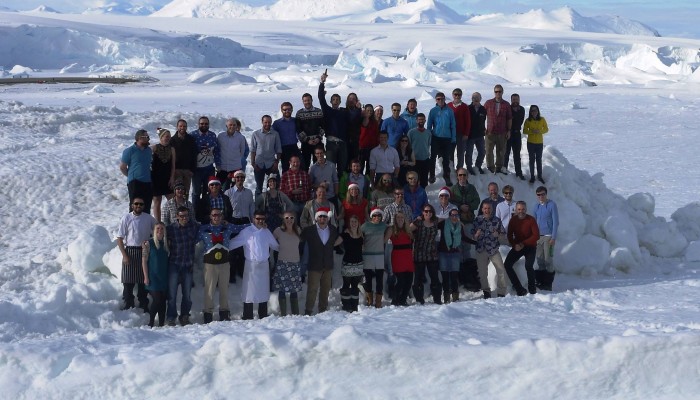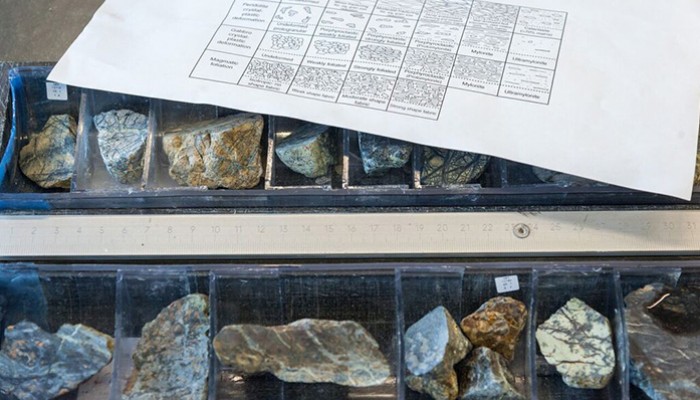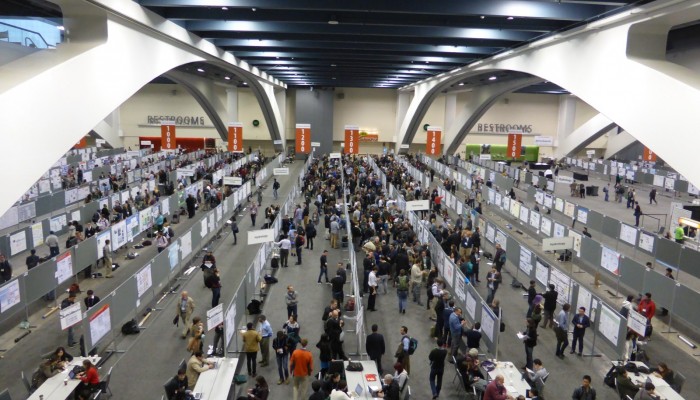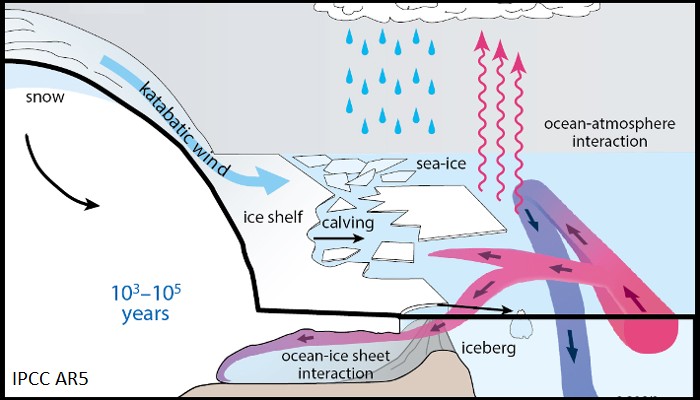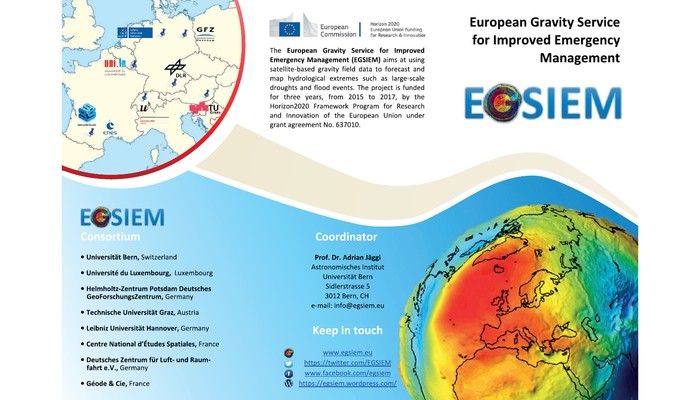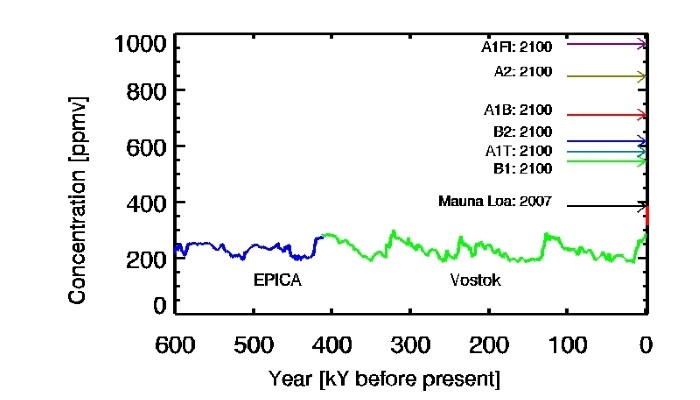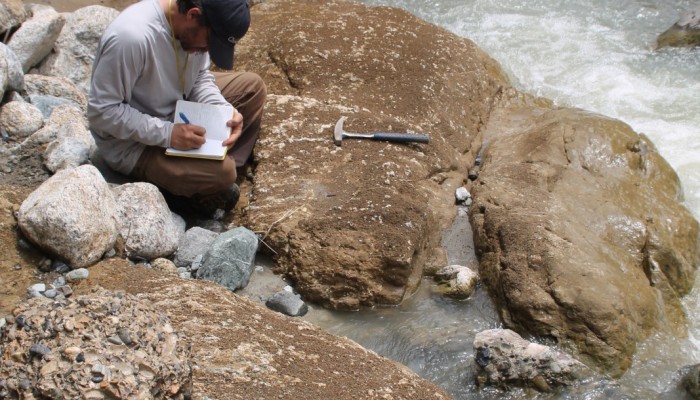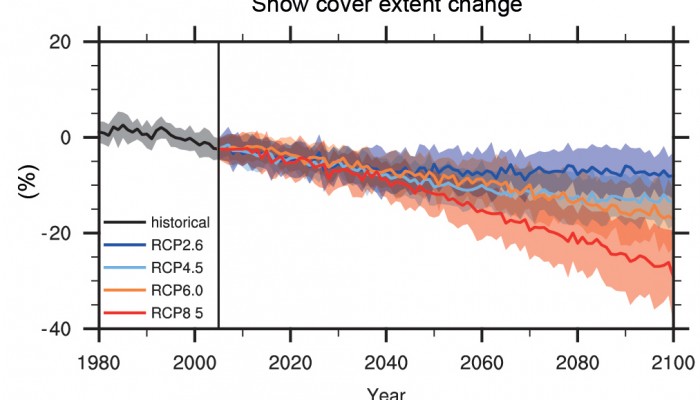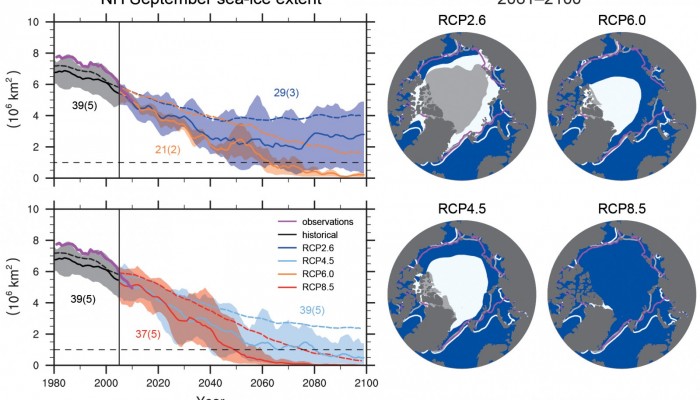Christmas greetings from people at Rothera Research Station, Adelaide Island, Antarctica. Rothera, which is the British Antarctic Survey’s largest base in Antarctica, is a centre for marine biology and gateway for getting scientists into their deep field camps. Christmas Day is a regular working day for the staff of around 90. However the chefs will be getting everyone into the festive spiri ...[Read More]
Biogeosciences
Insights into the ocean crust and deep biosphere – ECORD Summer School 2015
Summer time as an early career geochemist can mean many things, to some it is vacation time, to others it is field season, and yet for others it is time to enroll in a summer school. ECORD, the European Consortium for Ocean Drilling, offers at least one summer school a year. If you work with foraminifera you may be familiar with the Urbino Summer School in Paleoclimatology, sorry to disappoint, bu ...[Read More]
Cryospheric Sciences
Image of the Week — AGU Fall Meeting 2015
The American Geophysical Union (AGU) Fall Meeting, which takes place every December in San Francisco is ending today. With more than 24 000 attendees, 14 000 poster presentations and 7 000 talks, the AGU meeting is the largest conference on geophysical sciences in the World. The cryosphere is one the topics covered by the meeting and we hope that this year edition was a fruitful for every partici ...[Read More]
Cryospheric Sciences
Image of the Week: Ice Sheets in the Climate
Ice sheets play a central role in the climate system. They store significant amounts of fresh water and are the conveyor belts for transporting snow that accumulates on land back into the oceans. The figure above shows a few of the ice-climate interactions. In the figure below (click on the figure for full resolution) we see the complete picture of the processes taking place between ice sheets, so ...[Read More]
Geodesy
EGSIEM wants to use GRACE gravity field data for operational flooding and drought management
The terrestial water cycle leaves traces in the Earth’s gravity field The current onset of el Nino is raising hope in California to replenish some of its multiyear water deficit. Due to the warm pool of water on the East side of the Pacific, more rain, and consequently also larger potential for flooding is expected. At the other side of the Pacific, the water is colder than usual leading to ...[Read More]
Cryospheric Sciences
Image of the Week: Atmospheric CO2 from ice cores
The measurements of atmospheric CO2 levels at Manu Loa, Hawaii read 401.01ppm on the 7th of December this year. To understand the significance of this number, you just need to look at the figure above from the 4th IPCC report. It shows the changes in CO2 concentrations during the past 800,000 years based on ice core measurements. Values have fluctuated between 190ppm and 280ppm. In other words, bo ...[Read More]
Biogeosciences
The Panamanian Isthmus is not entirely guilty after all!
“According to new research, the land bridge connecting Central and South America rose more than 10 million years earlier than originally thought” Traditionally, closure of the Panama Isthmus has been deemed responsible for the co-occurrence of two major events: The large Pleistocene glaciations and the Great American Biotic Interchange (GABI). Existing evidence indicating a ca ...[Read More]
Cryospheric Sciences
Image of the Week: Changes in Snow Cover
Who is dreaming of a white spring? In daily life we might be more interested in the chances of a white Christmas, but the amount of snow-covered ground in the spring is a very good indicator of climate change. The figure above shows the projected change in snow cover extent in the Northern hemisphere in March-April according to different future scenarios (i.e. Representative Concentration Pathways ...[Read More]
Seismology
MantlePlumes.org website progress
The website www.mantleplumes.org focuses on the debate about whether plumes exist or not, and what other mechanisms could cause melting anomalies inside Earth.
Cryospheric Sciences
Image of the Week — Future Decline of sea-ice extent in the Arctic (from IPCC)
The Arctic sea-ice extent has declined in the past 20 years and its future is uncertain. In the end, greenhouse gas emissions will determine the impact on the sea-ice from man-made climate change through radiative forcing (i.e. Representative Concentration Pathways or RCPs). The COP21 can determine the path we will follow and which course we will take to reduce emissions. Reduction in sea-ice cove ...[Read More]

